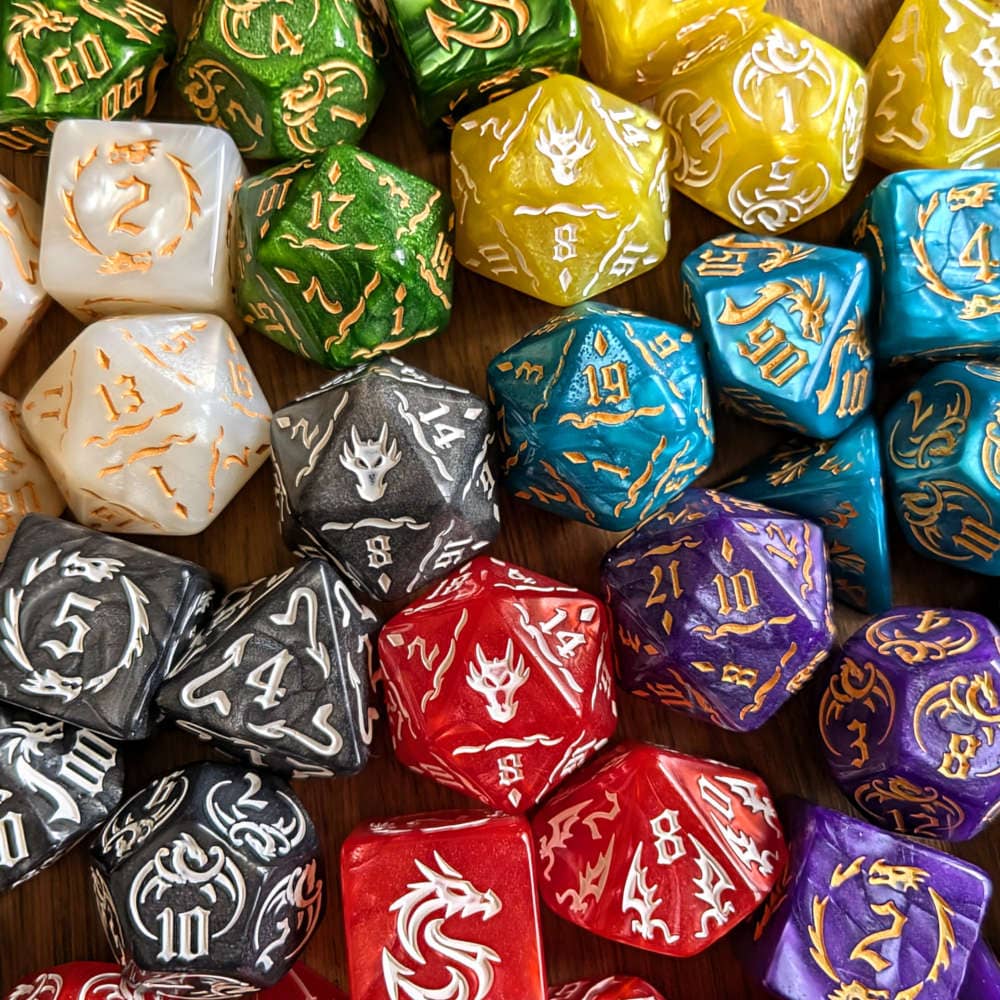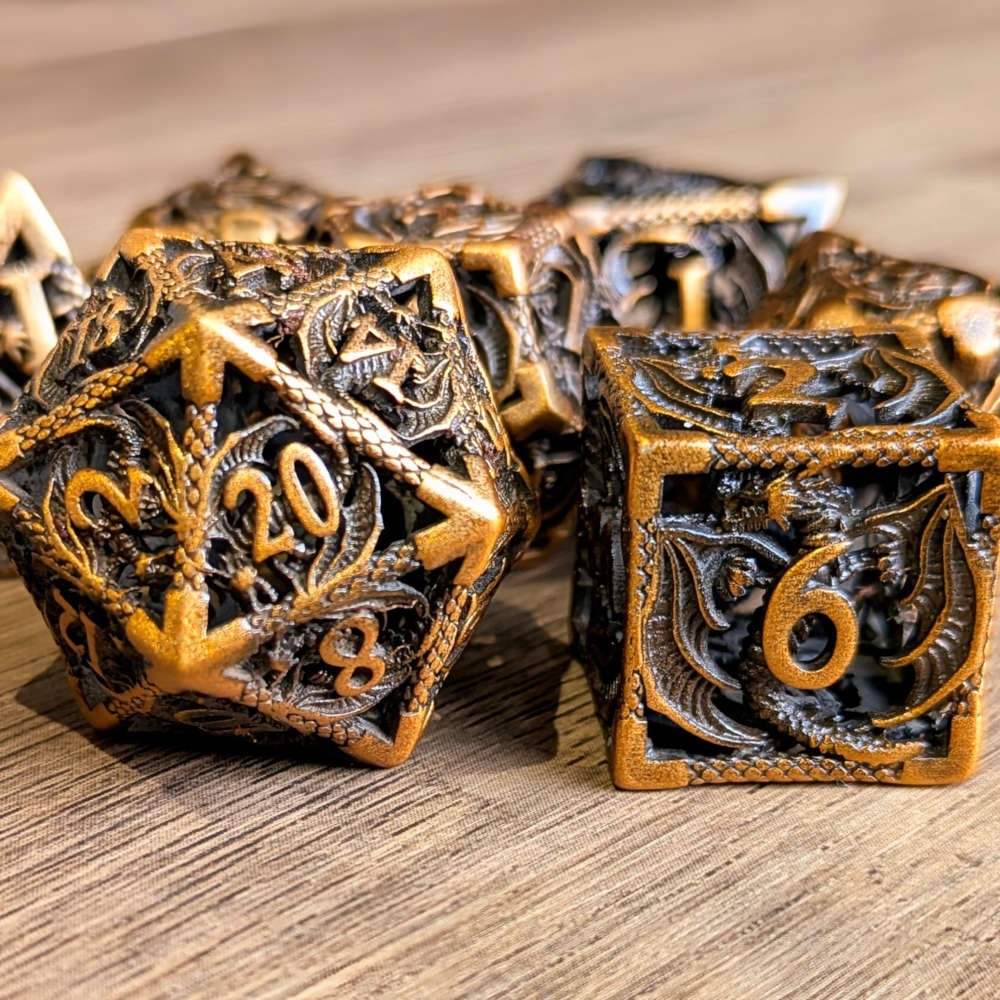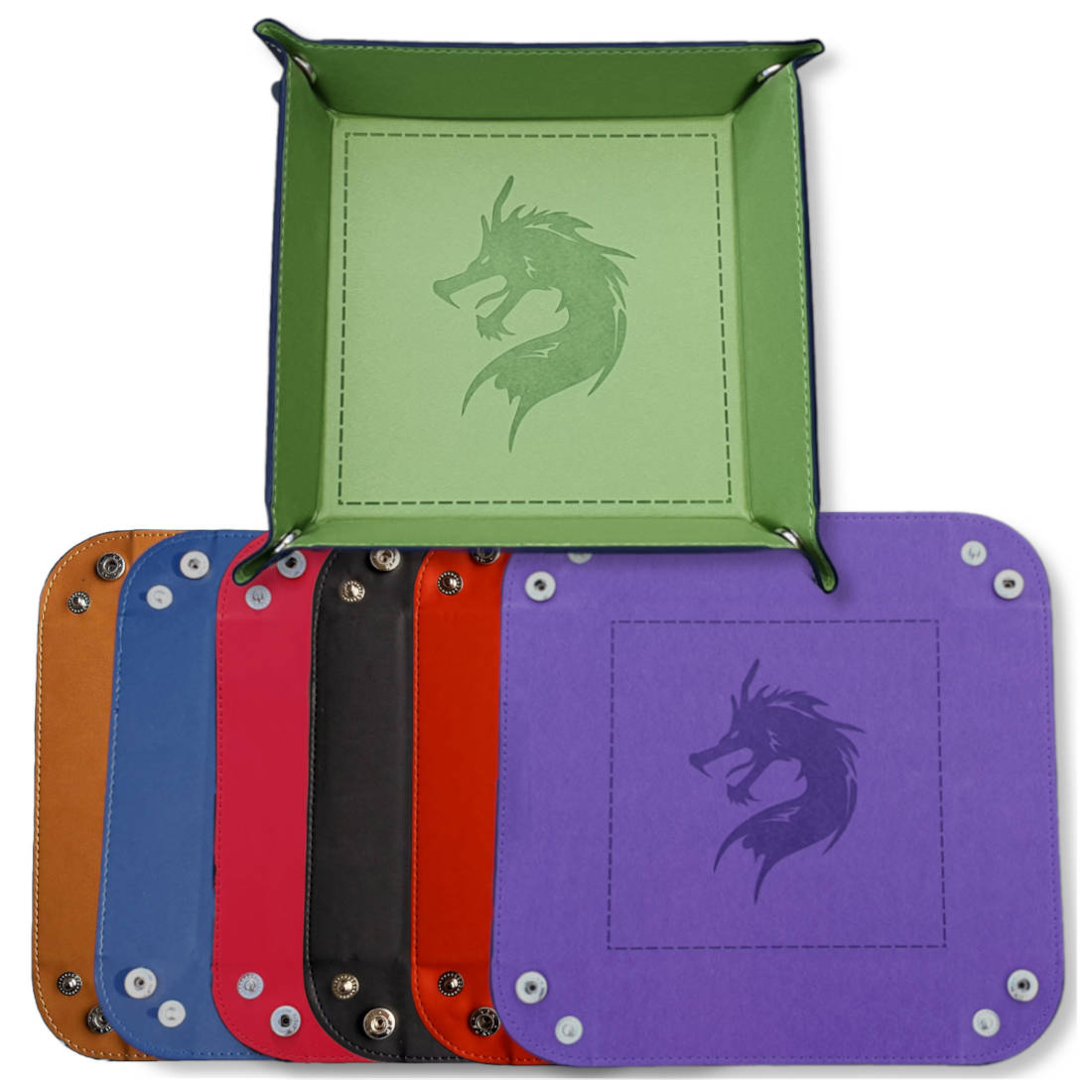The world's oldest d20 die

In the world of tabletop gaming, few objects carry as much history and intrigue as the 20-sided die (d20). This iconic polyhedral die has shaped countless roleplaying adventures for decades. But have you ever wondered about the oldest d20 in existence?
Among the oldest dice ever discovered, the Egyptian d20 is a remarkable artifact that offers a glimpse into the past. In this article, we explore its origins, history, and the journey that led from ancient times to the gaming tables of today.
Did the d20 exist before D&D?
Yes, the 20-sided die existed long before Dungeons & Dragons. The icosahedron, the shape of a d20, was used in Ancient Hellenistic and Roman times, though for entirely different purposes. While the d20 has ancient roots, it was D&D that brought it into popular culture, making it a staple of tabletop role-playing games.
To learn more about why D&D uses a d20, check out our in-depth guide: ‘Why Does D&D Use a d20?’.
When was the 20-sided die invented?
The exact origins of the 20-sided die remain unknown. While the oldest surviving d20 dates back to between the 2nd century BC and the 4th century AD in ancient Egypt, there may have been even earlier examples that have been lost to time or are yet to be discovered.
Several other ancient d20s from the Roman era have been recovered, including the world’s most expensive d20, which is made of glass. Additionally, other icosahedral dice from the same period, including one crafted from faience, suggest that these fascinating objects were used in various ways long before modern tabletop gaming.
What is the oldest d20 die?
The oldest d20, known as the Egyptian d20, dates back to between the 2nd century BC and the 4th century AD. This ancient artifact offers a glimpse into the use of polyhedral dice long before modern tabletop games.
The ancient d20

Above: The Egyptian d20 in all its glory (images are from the Metropolitan Museum of Art).
Carved from serpentinite, a greenish stone commonly used for jewellery and sculptures, this ancient Egyptian d20 is engraved with Greek letters, including clearly visible symbols for eta, theta, and epsilon.
Today, this fascinating artifact is housed in the Metropolitan Museum of Art in New York, USA. It was acquired by Reverend Chauncey Murch during his missionary work in Egypt between 1883 and 1906.
What was the world’s oldest 20-sided die used for?
The purpose of ancient polyhedral dice, including this Egyptian d20, remains a mystery. Historians, dice dragons, and dice goblins continue to speculate about its original function. While we may never know for certain, several intriguing theories offer possible explanations.
Though there is no concrete evidence that this d20 was used for gaming, wear around its edges suggests it may have been rolled frequently. This has led some to believe it could have been part of a game or chance-based activity now lost to history.

Above: Images of different angles of the Egyptian d20.
Alternatively, polyhedral dice were often associated with divination rituals, particularly in Ancient Greece. These dice may have been used to interpret omens, predict the future, or guide decisions through messages believed to be from the gods.
Whether for gaming, fortune-telling, or something else entirely, this ancient d20 remains an enduring symbol of humanity’s fascination with chance and fate.
Roll in style with our D&D dice sets
Enhance your tabletop adventures with our range of D&D dice sets, carefully crafted to provide the best possible gaming experience. Whether you're a seasoned dungeon delver or just starting your journey in the world of Dungeons & Dragons, we have dice sets to suit every adventurer’s style.
For those looking for something truly unique, our collection of metal D&D dice will take your gaming sessions to a whole new level of flair and precision. If you're curious about the process behind these fantastic dice, be sure to check out our guide: ‘How Are Dice Made?’.





